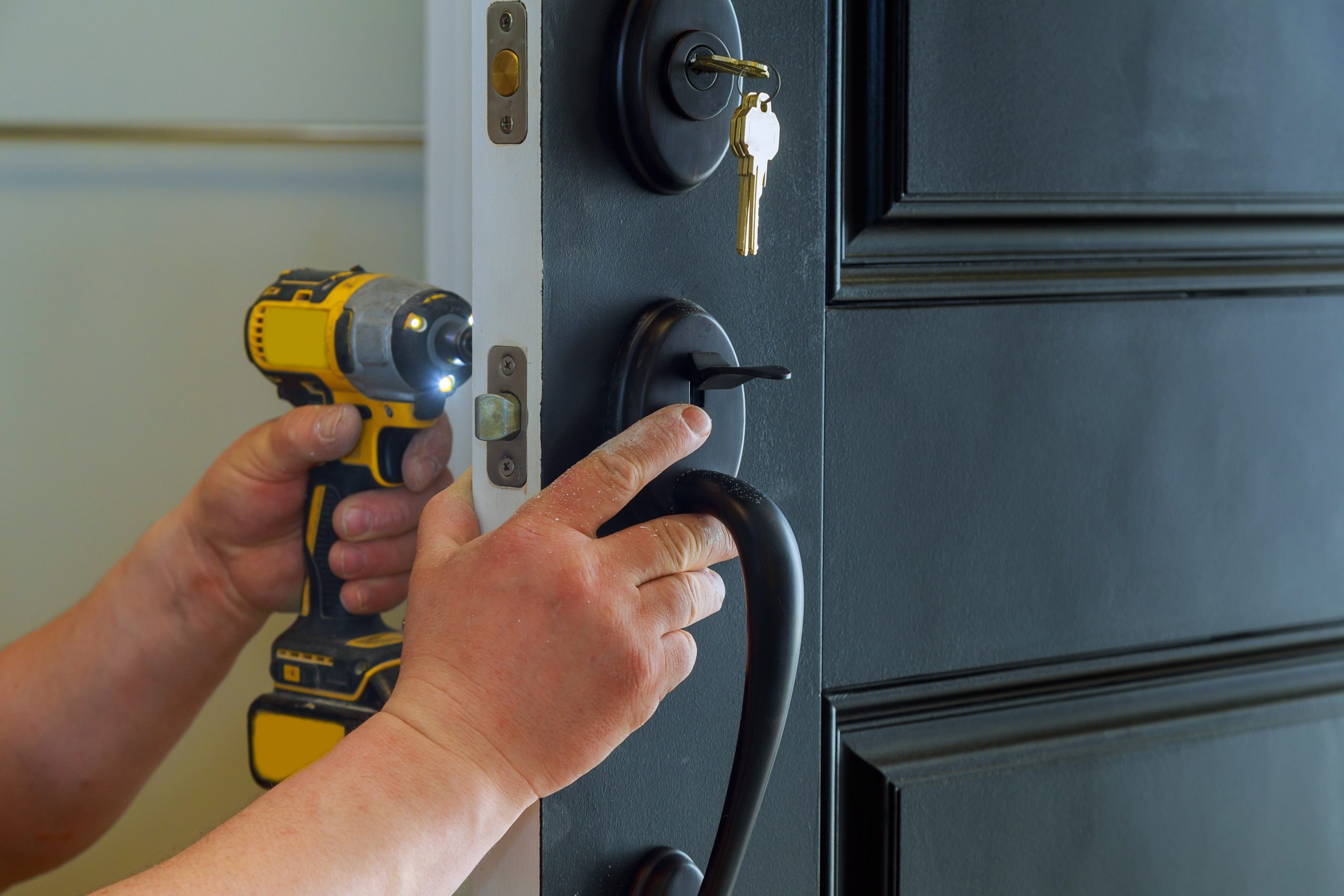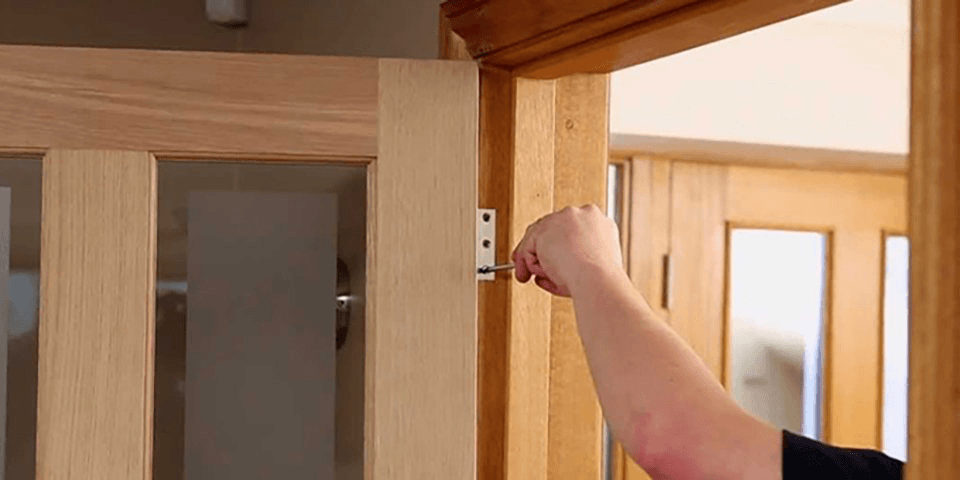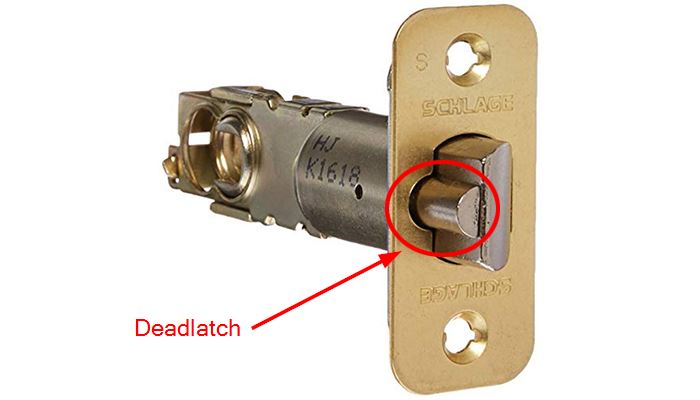5 Steps to Properly Maintain a Door Lock

Your front door is normally the first line of defense in keeping intruders and other unwelcome guests outside the home, but is in many cases completely overlooked by many in terms of regular maintenance.
To keep your door locks functioning as effectively and securely as possible, you need to perform some regular maintenance. We’ll show you the five best tips for maintaining a door lock.
1. Check the door frame
This may come as a surprise, but maintaining your door locks does not start with the door lock, but actually the door itself. A door that binds or sags can cause harmful pressure on the door lock latch or bolt, which can lead to premature failure that can leave you locked in or out of your house.
The first step is to ensure the door is hung correctly so that it will swing open and close freely and without scraping or catching on the door frame. Ideally, you are looking for an opening of around 1/8″ inch at the top and bottom of the door and less than a 1/4″ inch at each side.
2. Check the Door Hinges, Strike Plate, and Door Screws

Commonly, failures occur because the door hinge screws are either too short or not all the door hinge screws have been installed.
To not only help prevent sagging but also increase break-in resistance, add a 3″ inch screw to each hinge. This will typically ensure the door hinge is not only affixed to the door frame but also the wall framing, greatly strengthening the door.
Similar to the door hinge, we recommend using longer screws on the plate for the deadbolt as well.
3. Test the Deadbolt and Deadlatch

Examine how the deadlatch, the small plunger that rides on top of the latches flat side and how the strike plate connect. When you close your door, the deadlatch should NOT be fall into the strike plate.
If the deadlatch does, then this is a good sign that a lock failure is coming. Most modern entry door locks now have a safety feature that will prevent the lock from engaging at all if they are not correctly aligned with the strike plate. Binding or broken deadlatches are very common causes of lock failures.
In addition, when your door is closed, the deadbolt should move freely. If you need to push, pull or lift the door to operate the deadbolt, then the deadbolt is not properly aligned with the deadbolt strike plate. You also want to ensure that the deadbolt hole is deep enough in the door jamb for the bolt to completely extend.
4. Clean and Lubricate your Door Locks
Cleaning and lubricating your dock locks is one of the easiest and quickest things you can do to prolong the life of your door locks.
We do not recommend using petroleum-based lubricates. Instead, a Teflon or other dry oils are the best and easiest to apply.
Spray a very small amount of lubricant into the key way and insert your key into the lock a couple of times. Be sure to wipe any debris from the key each time. Additionally, can you use the same lubricate on your latch and deadbolt.
Best of all, you only need to lubricate your locks like this once or twice a year.
5. Copy Keys from the Original Key
A final step to maintaining your dock lock is maintaining the keys themselves. A key will most likely wear out long before a door lock.
We always recommend keeping an original key in safe keeping and only using it to make copies of the key. Duplicates are never an exact match, and those variances only increase each time you make a duplicate of a duplicate and can make a huge difference between a key you must jiggle to work, if it even works at all.
Finally, it’s best to use your keys gently when in locks and never using force to either insert a key or open a lock.

